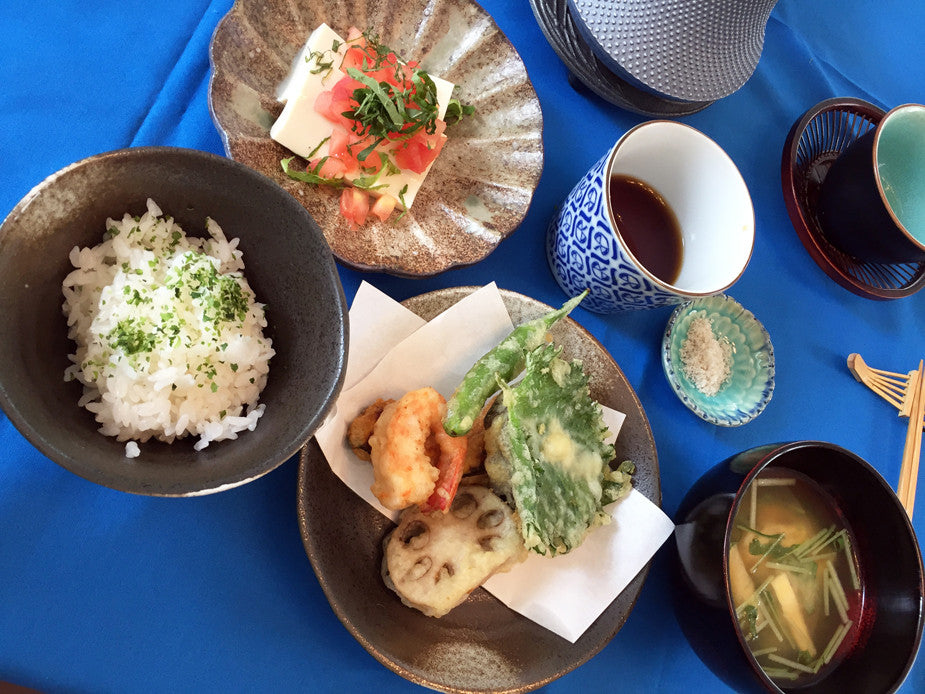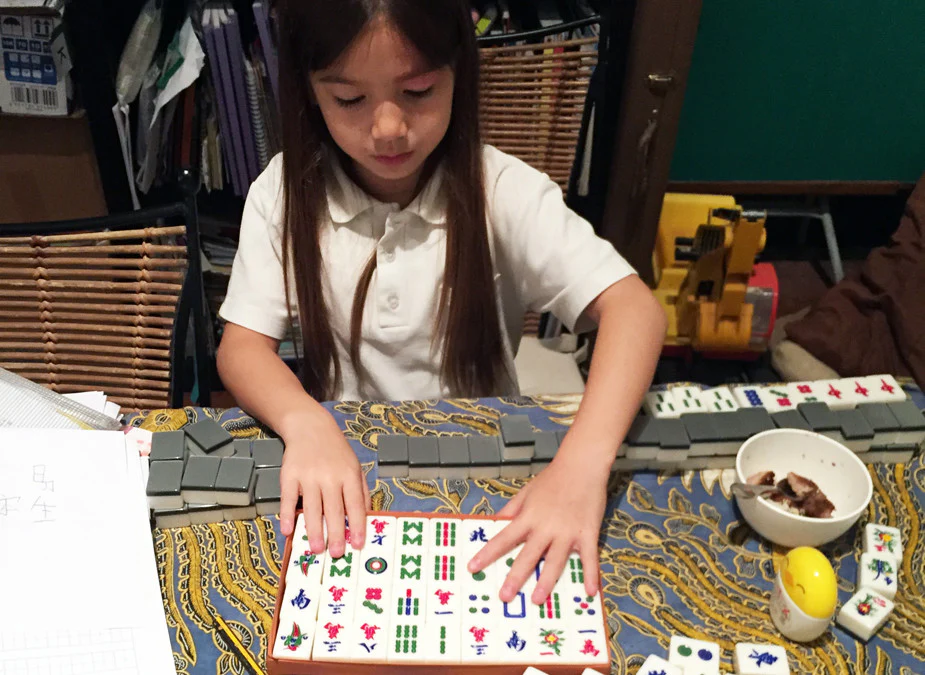Enjoy authentic Japanese food at home
If I was forced to pick one cuisine to eat for the rest of my life, I would go with Japanese without any hesitation. “What? Not Chinese?” you may ask. But if I had to pick only one, Japanese it is!
Japan has the highest life expectancy in the world. Their diet explains quite a lot. Japanese cooking uses beans (miso), seaweed and fish in many dishes. I happen to love all these ingredients.
Since I lived in Japan for a while, I have certain expectations in terms of authenticity when it comes to Japanese food. In Hong Kong, to eat real authentic Japanese food, it will most often cost an arm and a leg. Sometimes when I’m desperate, I will go for “fake” Japanese restaurants. The “fake” Japanese place on A street or the “fake” Japanese restaurant on B street – that’s how I refer these restaurants when I talk to my friends about where to meet. I don’t even bother remembering their actual names!
Very fortunately, now when I crave for a bowl of authentic miso soup or some tofu salad with Japanese-style vinegar dressing, I can make my own! The person who saved me from spending $$$ on eating at “real” Japanese restaurants is a lovely Japanese lady called Yuki. Yuki is a fellow mom at my kids’ school. She is passionate about cooking. Her son Lucian is a classmate of my son, and mine often comes home telling me how amazing Lucian’s lunch box was! I literally signed up right away when Yuki announced she was offering Japanese home-cooking classes.
The first class I attended was called Ichiju-sansai, which means “one soup, three dishes.” Yuki unveiled the secret of making real Japanese miso soup. For a long time, I thought miso soup just involved cooking miso paste in water. But the fact is, you need dashi stock (fish stock) instead of just water to make real miso soup. And the most interesting thing was, Yuki taught me how to make dashi stock from scratch. Dashi stock is the essence of Japanese cooking. When I walk around Japanese supermarkets, I see they stock instant dashi stock in the form of granules. But in Yuki’s cooking class, you learn how to make everything from the most original, fresh and healthy ingredients. From Yuki, I learn not just how to cook Japanese food, but also how to cook in the most healthy and organic way.
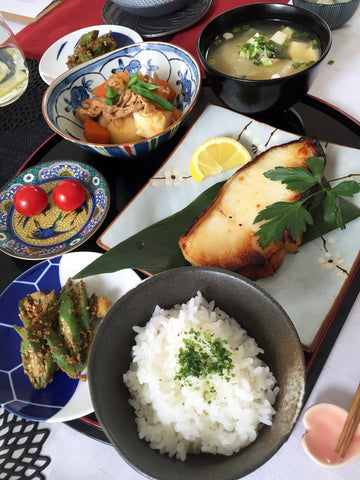
|
| Ichiju-sansai (One soup, three dishes) |
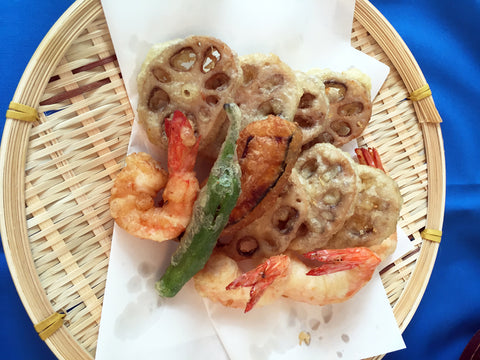
|
| Assorted tempura |
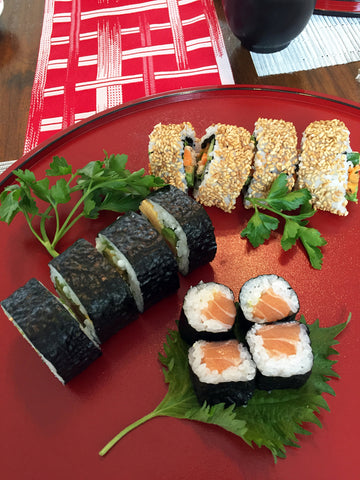 |
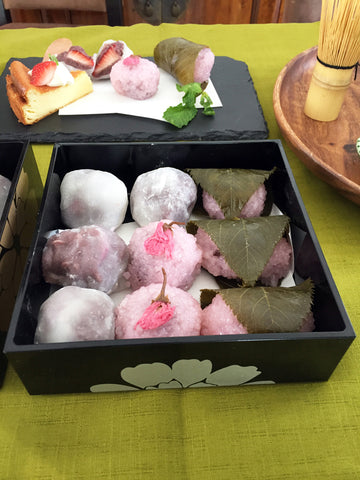 |
| Makizushi (rolled sushi) | Wagashi (traditional Japanese confections) |
Another element Yuki has inspired in me is food presentation. Like Yuki always jokes, “Japanese eat with the eyes.” After we finish cooking, Yuki always prepares sets of beautiful tableware to serve the food. She told us that whenever she goes to Japan, she always brings back some nice tableware. I remembered the first time I made miso soup after the class, I put it in a Chinese ceramic bowl. It tasted great – but somehow, it didn’t feel right. So I went to a Japanese department store to stock up on some lacquer bowls especially for miso soup.
Japanese food is an art form, as well as delicious. It’s not just the food, it is also the presentation and tableware that completes the whole experience.
Find out more about Yuki's cooking classes

